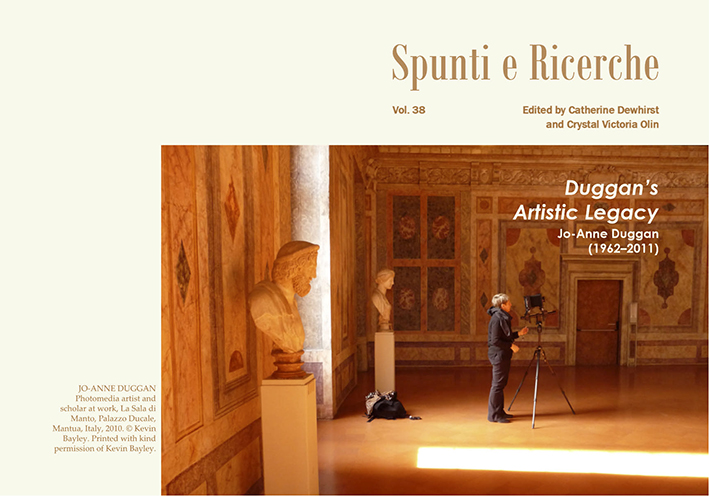"A Peculiar Act of Doubling": Experiencing Andrea Urbani's Eighteenth-Century Room of the Gardens
Main Article Content
Abstract
In the 1760s, the renowned Venetian painter and theatre scenographer Andrea Urbani (1711-1798) was commissioned to decorate the villa Vendramin Calergi in the Veneto township of Noventa Padovana. For the Room of the Gardens, Urbani illusionistically transformed a modest chamber into an elegant Rococo pavilion. This fictive structure purports to offer views out to a surrounding formal landscape, while the room's two windows allow real vistas of the villa's rear garden. Between the windows is the painted depiction of a mirror frame without its accompanying glass. To explore how the eighteenth- century visitor may have experienced such an intriguing space, this article takes an integrative, contextual approach. In so doing, it parallels Jo-Anne Duggan's engagement with decorated Italian sites of historical significance. It is a method that has largely been overlooked in the study of the early-modem Venetian villa, and here it highlights the significance of a painter who has also been neglected in art history. Through this analysis, the Room of the Gardens' resonance for the present-day viewer is likewise considered. This article suggests that, akin to Duggan's photographs and their "peculiar act of doubling", the decorated space —which itself foregrounds the notion of replication—is continually reanimated by those who engage with its playful puzzle.
